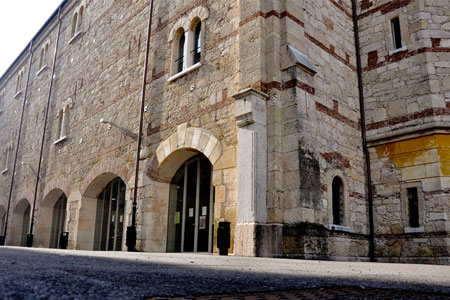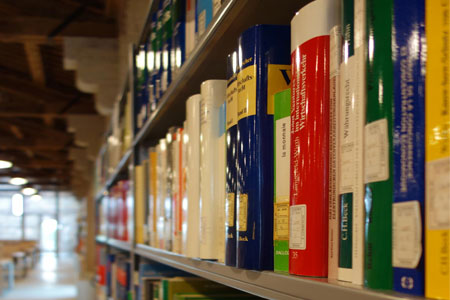Learning outcomes
The course provides to students in economic and business sciences an introduction to probability and to descriptive and inferential statistics.
Prerequisite to the course is the mastering of a few basic mathematical concepts such as limit, derivative and integration at the level of an undergraduate first year introductory course in calculus.
Syllabus
Descriptive Statistics: data collection and classification; data types; frequency distributions; histograms and charts; measures of central tendency; arithmetic mean, geometric mean and harmonic mean; median; quartiles and percentiles; fixed and varying base indices; Laspayres and Paasche indices; variability and measures of dispersion; variance and standard deviation; coefficient of variation; moments; Pearson’s and Fisher’s indices of skewness and kurtosis; multivariate distributions; scatterplots; covariance; variance of the sum of more variables; method of least squares; least-squares regression line; Pearson’s coefficient of linear correlation r; Cauchy-Schwarz inequality; R-square coefficiente; deviance residual and deviance explained; multivariate frequency distributions; conditional distributions; measures of association; chi-squared index of dependence; index of association C; Simpson’s paradox.
Probability: events, probability spaces and event trees; combinatorics; conditional probability; independence; Bayes theorem; discrete and continuous random variables; distribution function; expectation and variance; Markov and Tchebycheff inequalities; discrete uniform distribution; Bernoulli distribution; binomial distribution; Poisson distribution; geometric distribution; continuous uniform distribution; normal distribution; exponential distribution; multivariate discrete random variables; joint probability distribution; marginal and conditional probability distributions; independence; covariance; correlation coefficient; linear combinations of random variables; average of random variables; sum of normal random variables; weak law of large numbers; Bernoulli’s law of large numbers for relative frequencies; central limit theorem.
Inferential Statistics: sample statistics and sampling distributions; chi-square distribution; Student-t distribution; Snedecors-F distribution; point estimates and estimators; unbiasedness; efficiency; consistency; estimate of the mean, of a proportion and of a variance; confidence intervals for a mean for a proportion (large samples) and for a variance; hypothesis testing; one and two tails tests for a mean, for a proportion (large samples) and for a variance; hypothesis testing for differences in two means, two proportions (large samples) and two variances.
The course consists of a series of lectures (64 hours) and of ten exercise classes (20 hours).
Some of the exercise classes are Excel laboratory sessions.
All classes are essential to a proper understanding of the topics of the course.
The working language is Italian.







